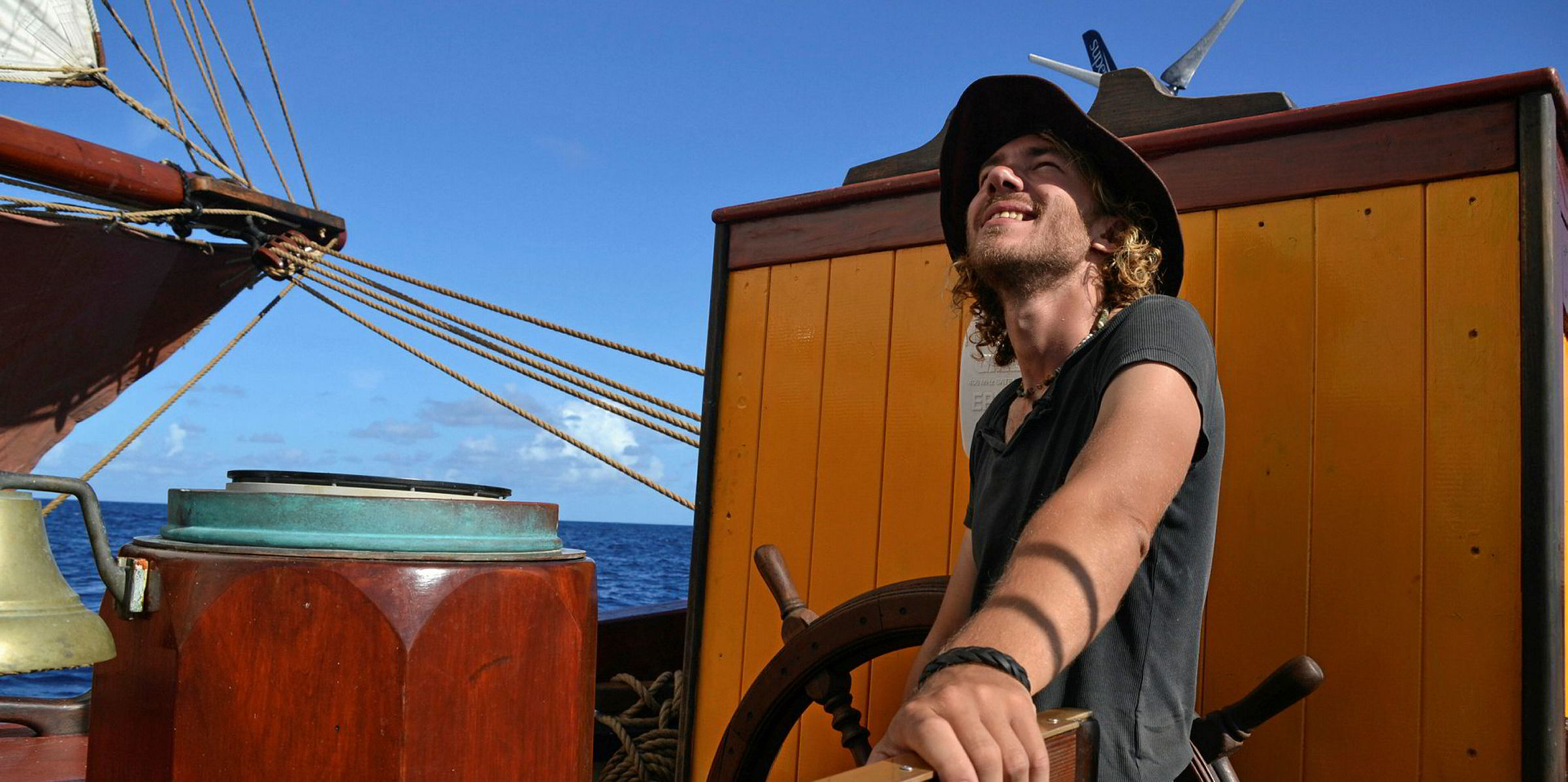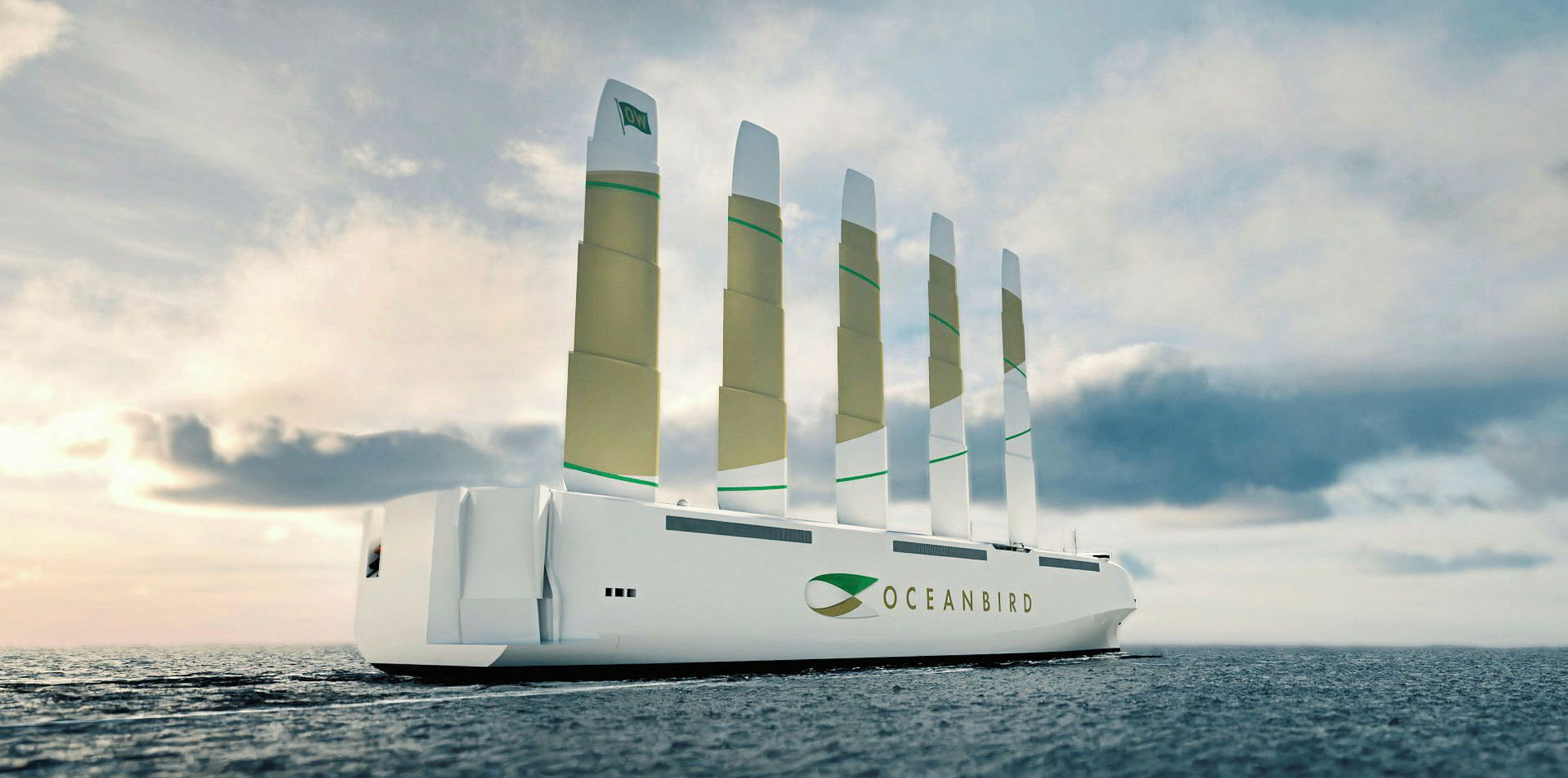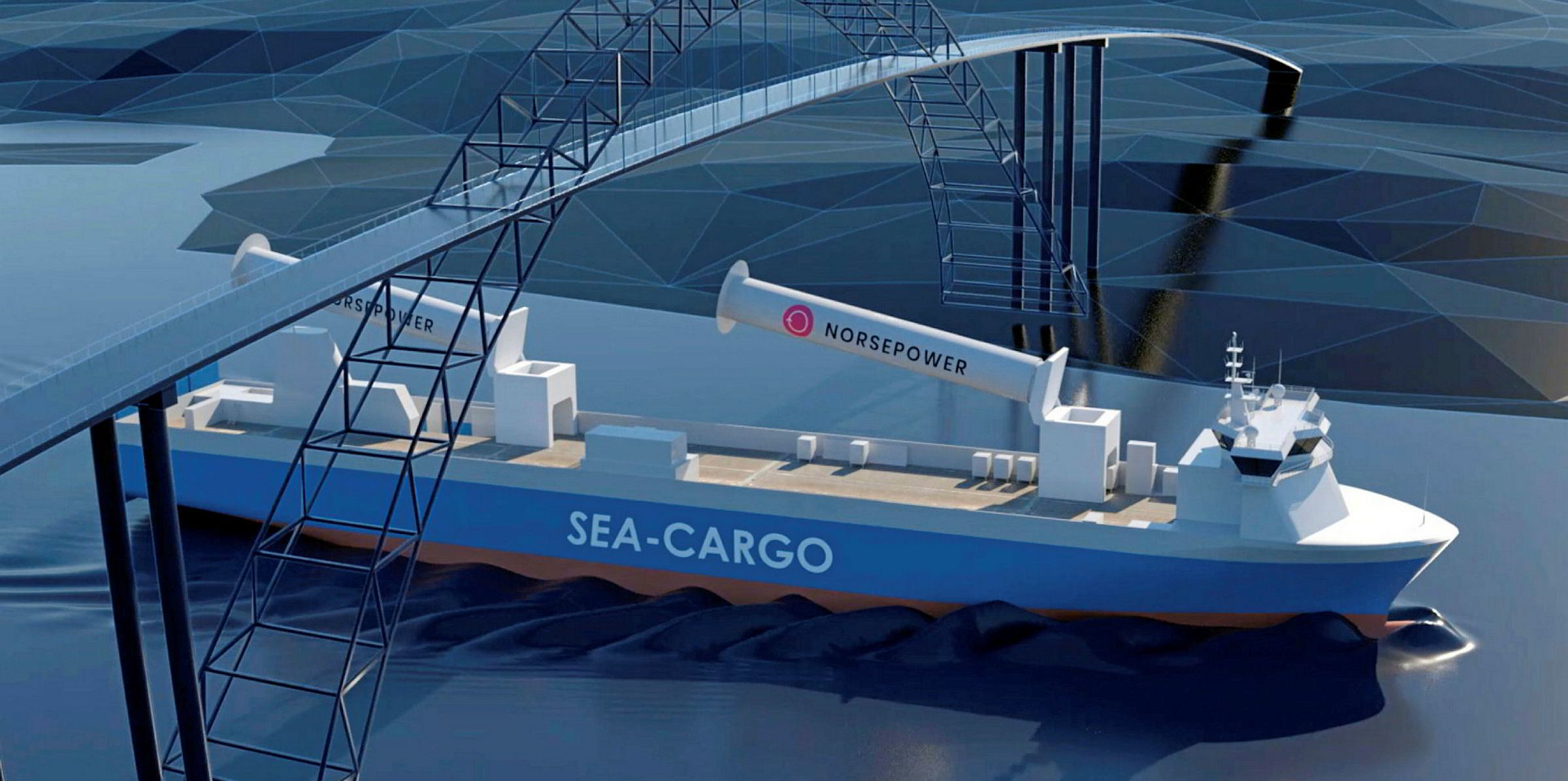Norwegian technology group Hoglund Marine Solutions has bought into Vindskip, the domestic company hoping to launch a revolutionary cargoship whose hull acts as a sail.
Hoglund has taken a two-thirds stake in Vindskip for an undisclosed amount.
Borge Nogva, president of Hoglund, has become chairman of the board at Vindskip, which is co-owned by electric propulsion company Stadt Group.
Vindskip's design combines sail and LNG technology to power a car/truck carrier.
Hoglund aims to bring in its experience and expertise in LNG and automation solutions.
The vessel's design uses the hull, shaped like a symmetrical air foil, to act like a sail, harnessing the wind to generate traction and provide auxiliary propulsion.
This also reduces aerodynamic drag by up to 75% compared to a traditional vessel, Vindskip claims.
The vessel will incorporate a weather routing module that will calculate and recommend the most appropriate course to take full advantage of the wind.
Biogas also on the cards
The ship could also use liquefied biogas to further reduce greenhouse gas emissions.
It is estimated that the Vindskip design will emit 63% less CO2, and 96% less NOx, than similar capacity car-carrying vessels currently in service.
Nogva said: "With the pressure on shipping to reduce greenhouse gas emissions increasing, it is more important than ever to demonstrate how innovative we can be in meeting this critical environmental challenge.
"I’m delighted that Hoglund’s role in the development of the Vindskip concept has increased, which will allow us to collaborate and bring our expertise to this unique and innovative project."
Terje Lade, manager of Vindskip, said the industry needs to start turning emissions-reducing ideas into reality, for which effective collaboration will be critical.
Lade formed Vindskip in 2010 and won a patent for the new design in 2012.
The company believes the principle is also applicable to roros, ropaxes, ferries, boxships and LNG carriers.
The cargo capacity of the car carrier prototype is estimated at up to 6,500 vehicles.






